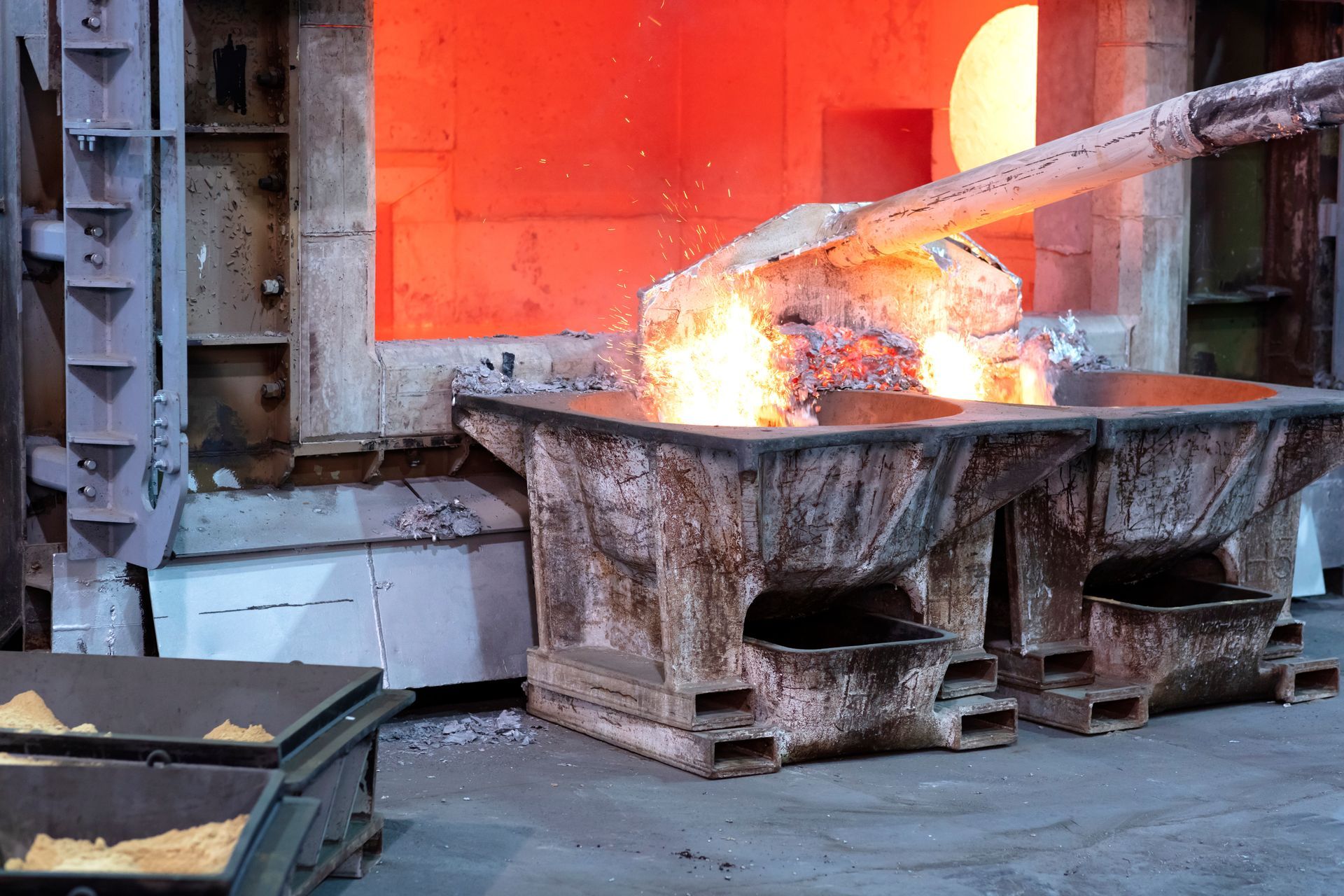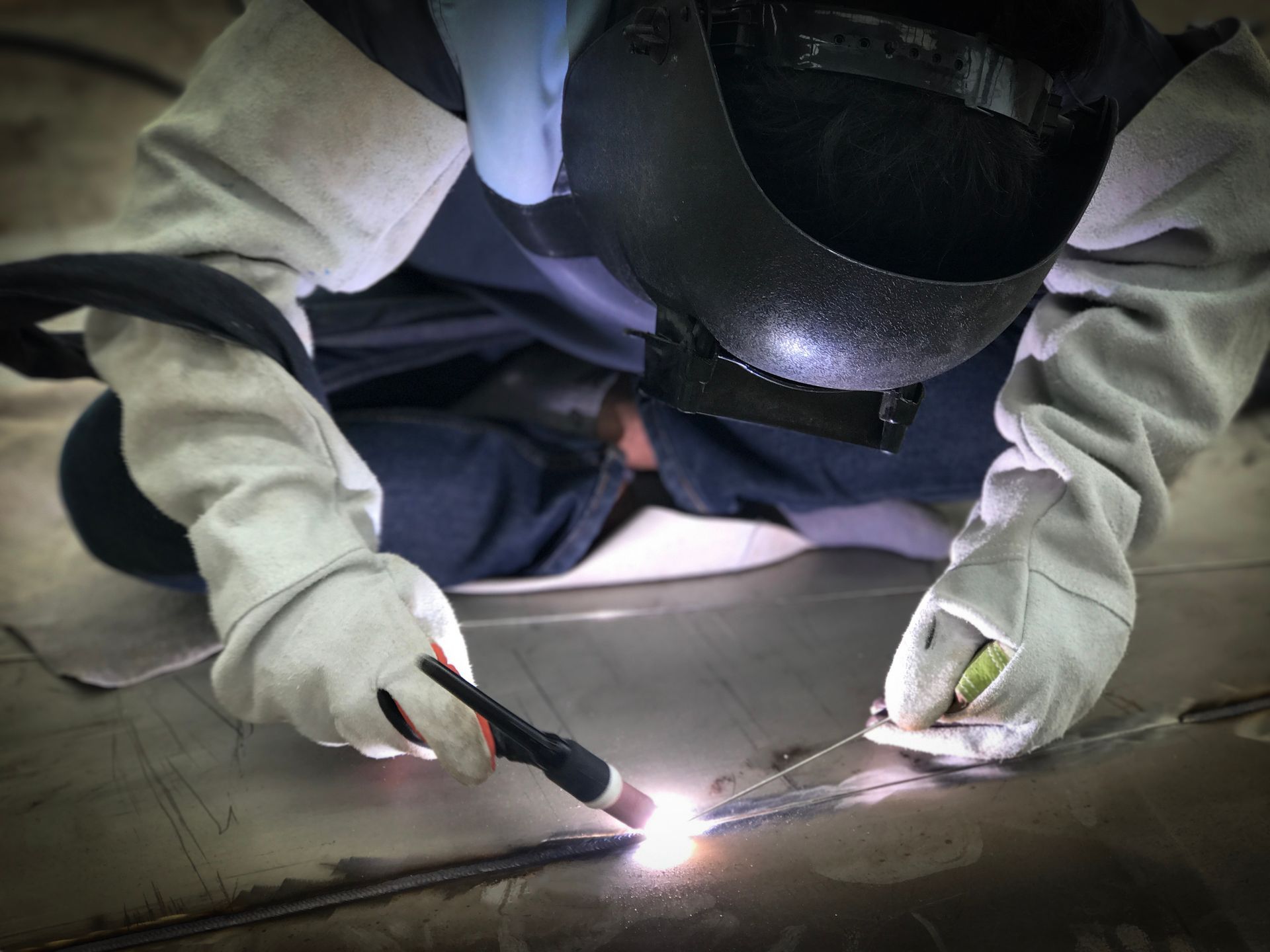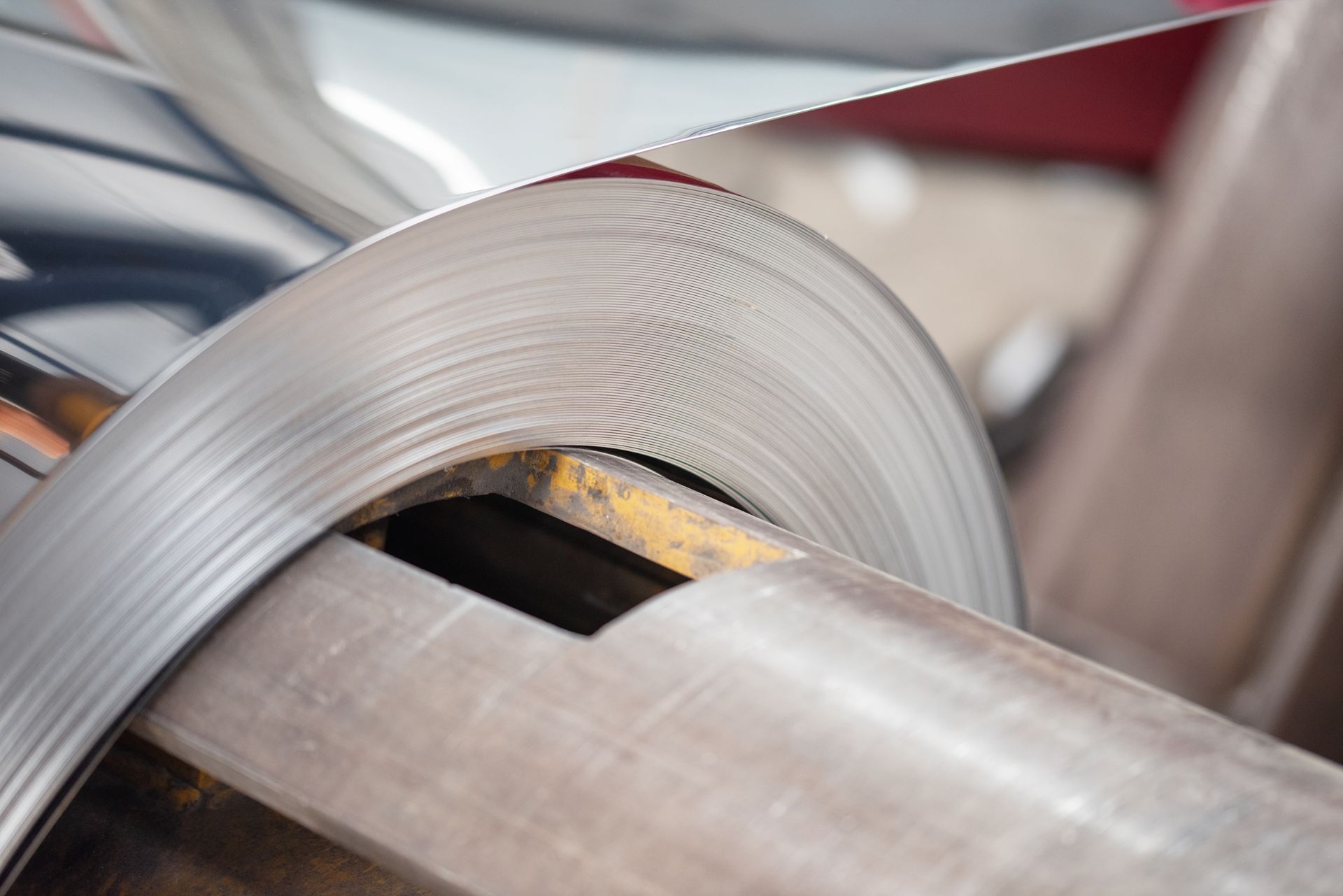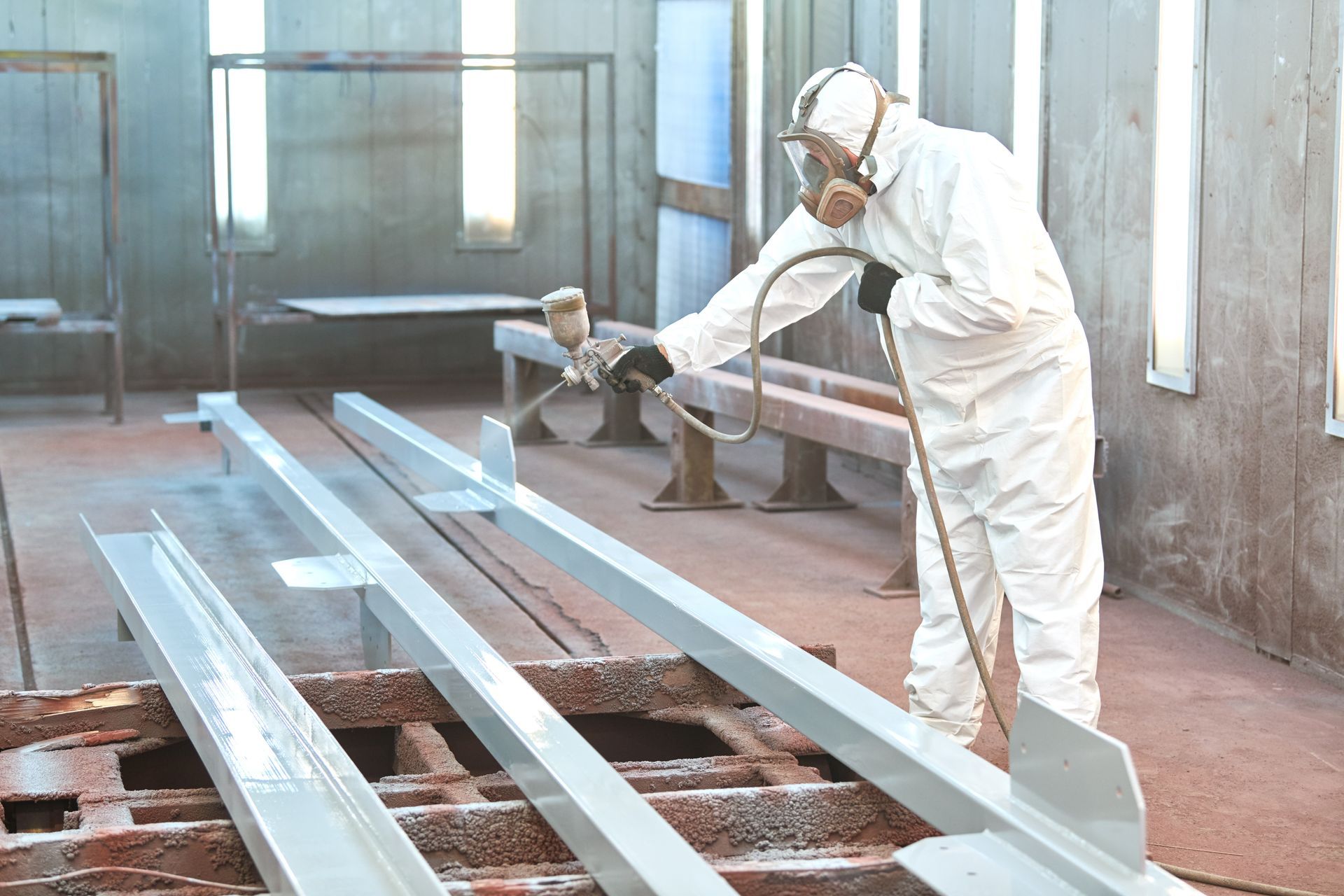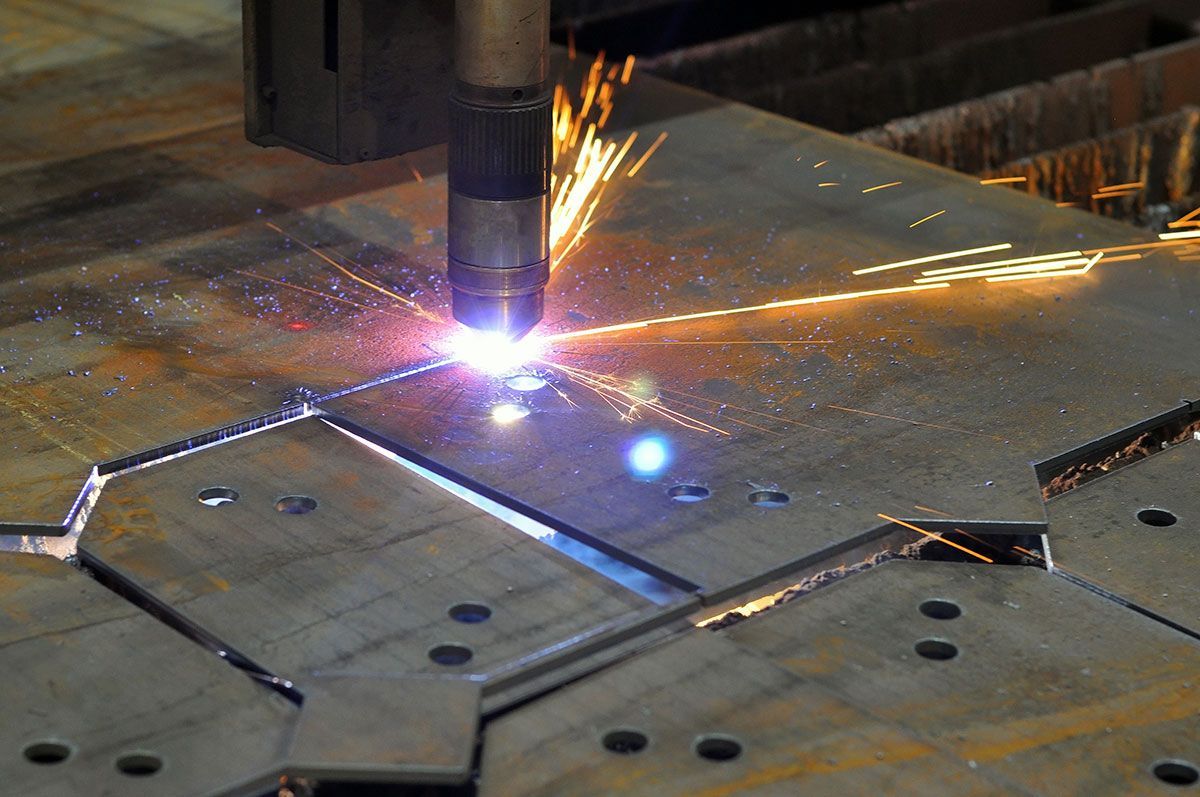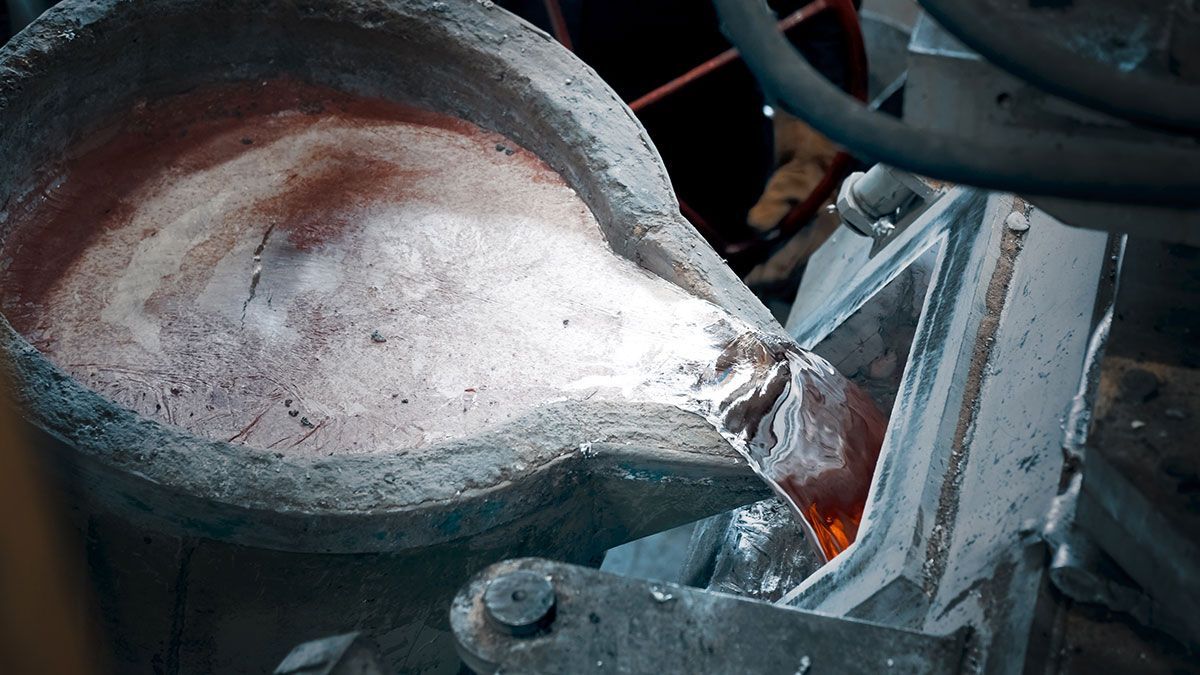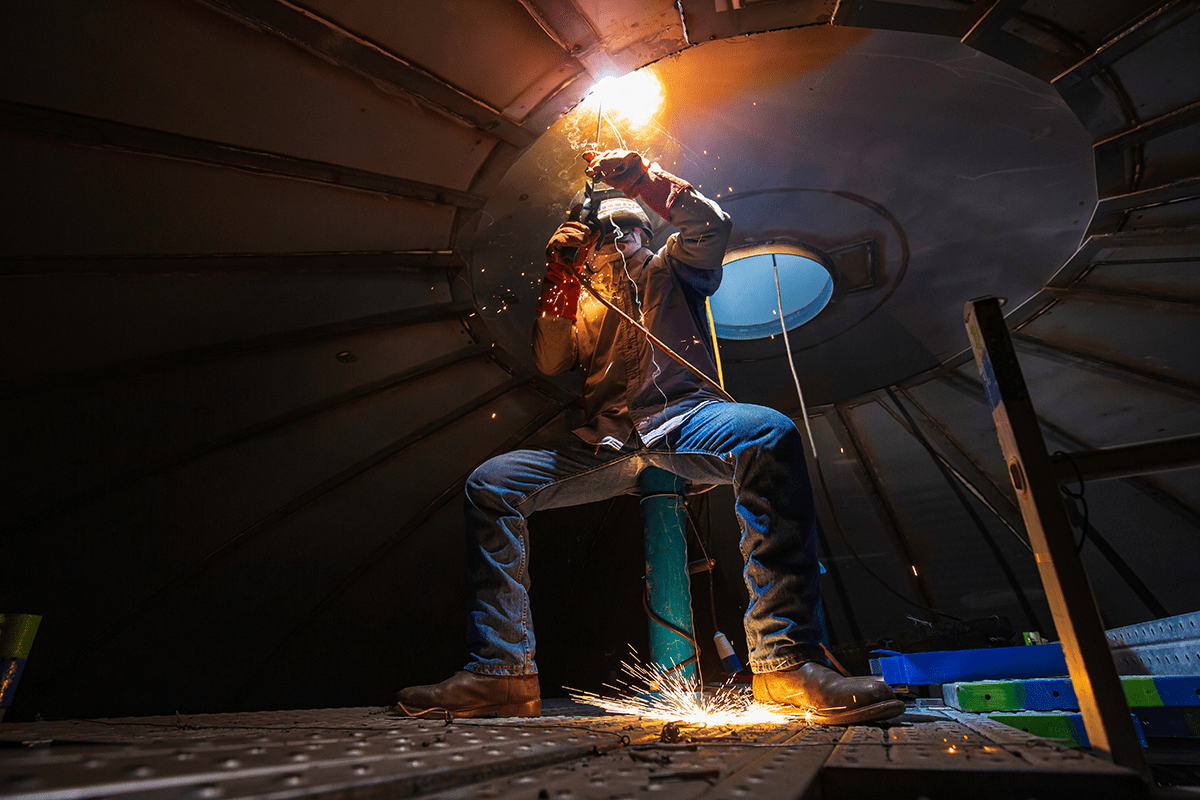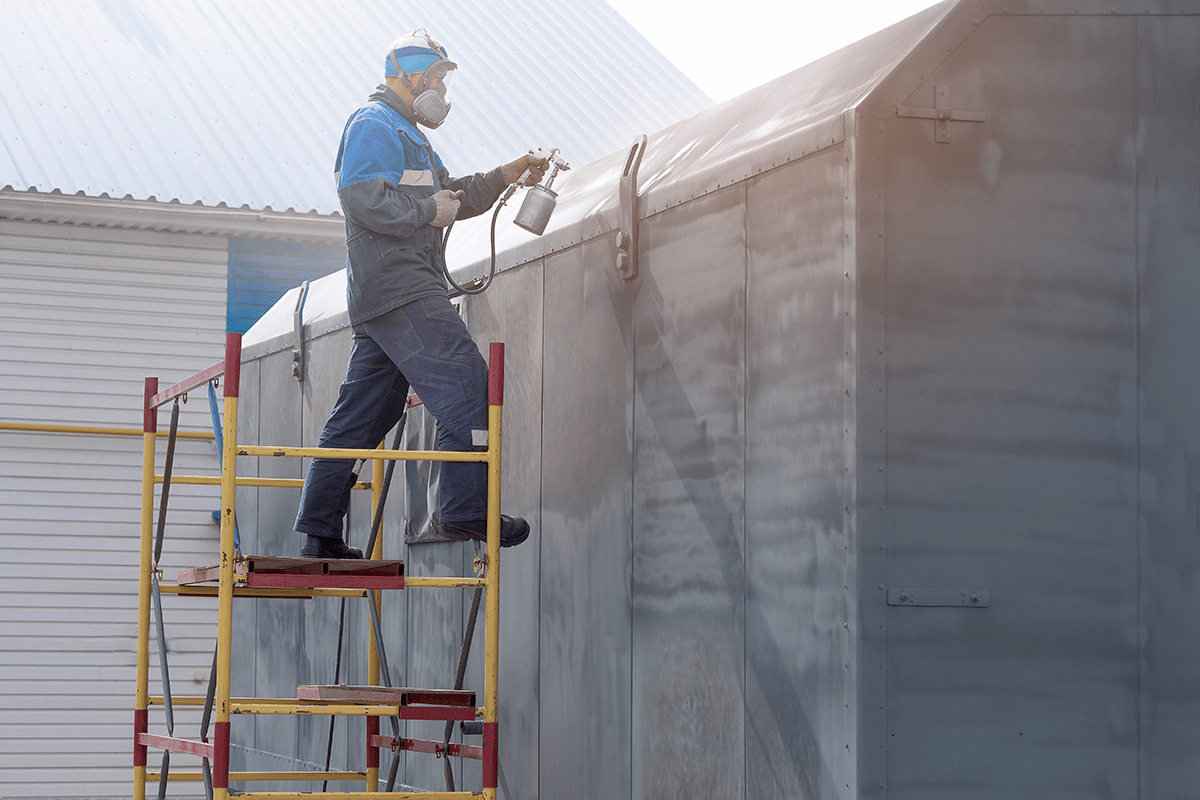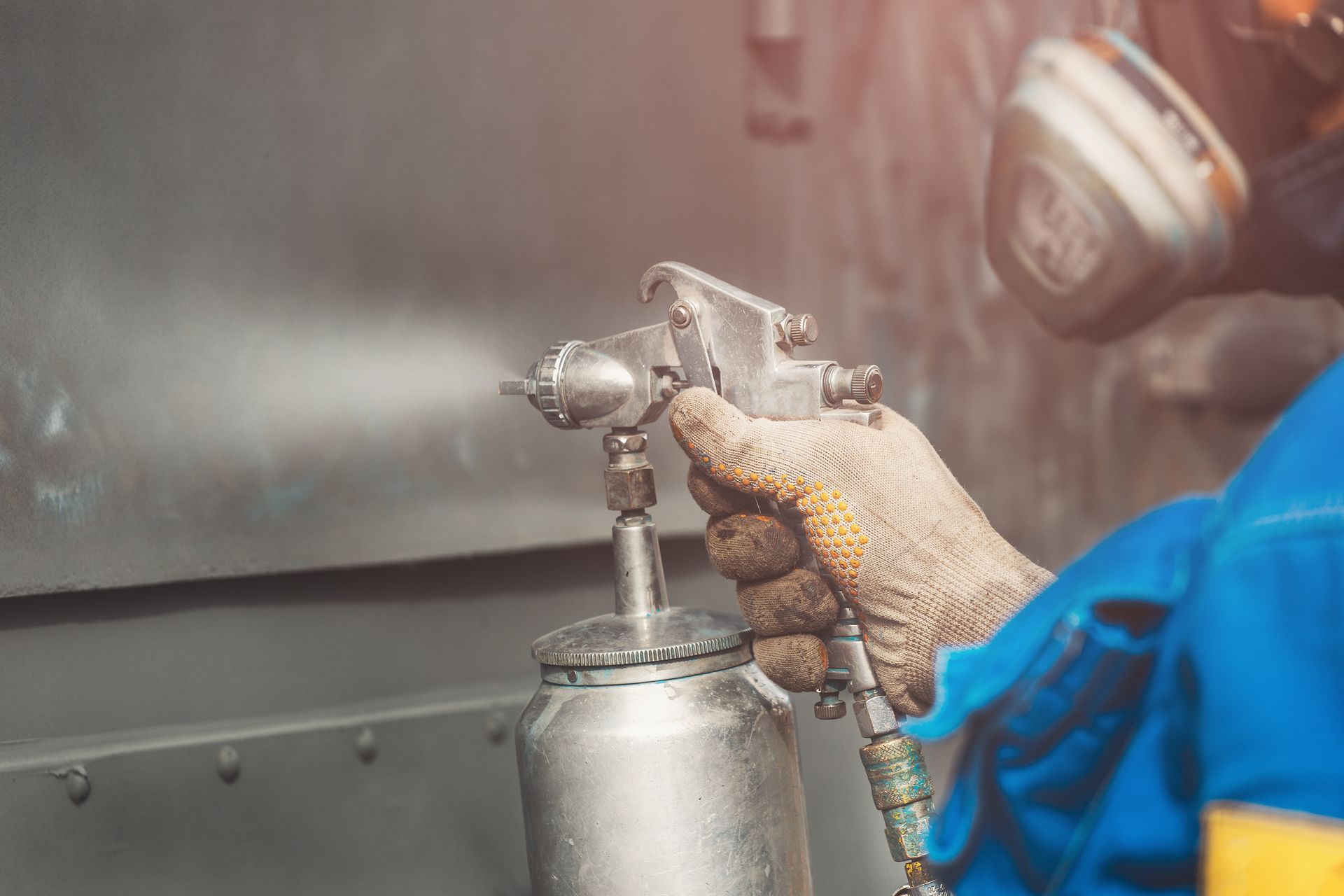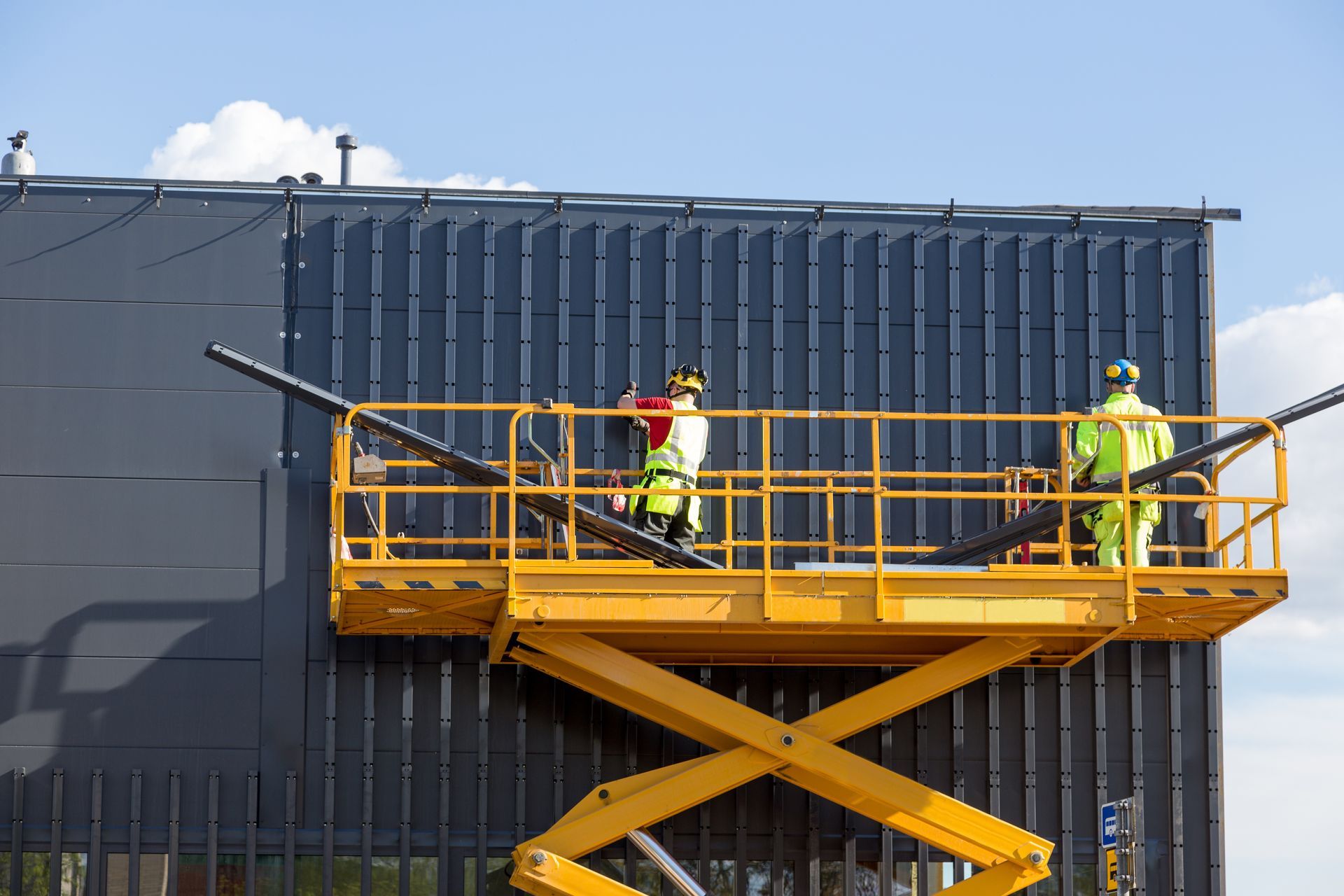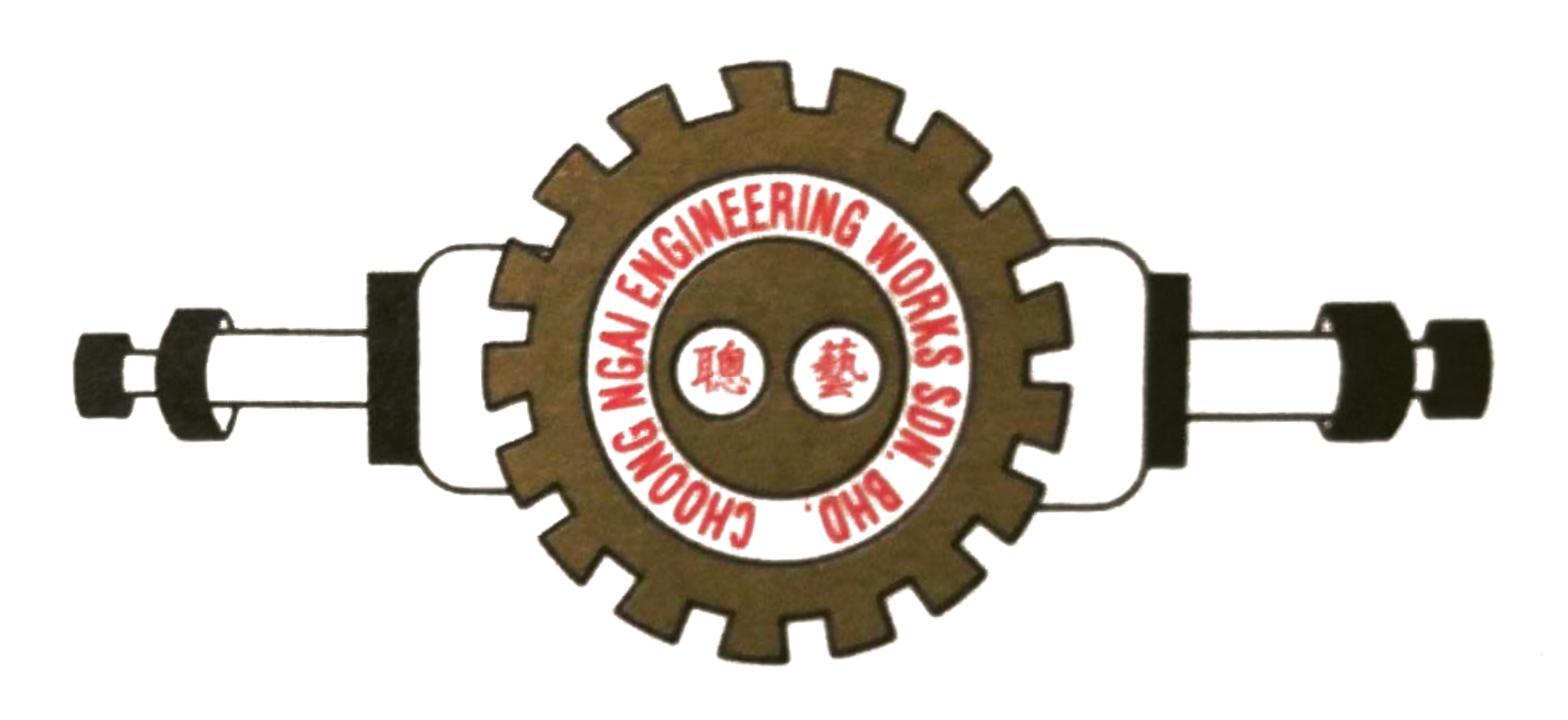The Various Types Of Steel Used In The Shipbuilding Industry
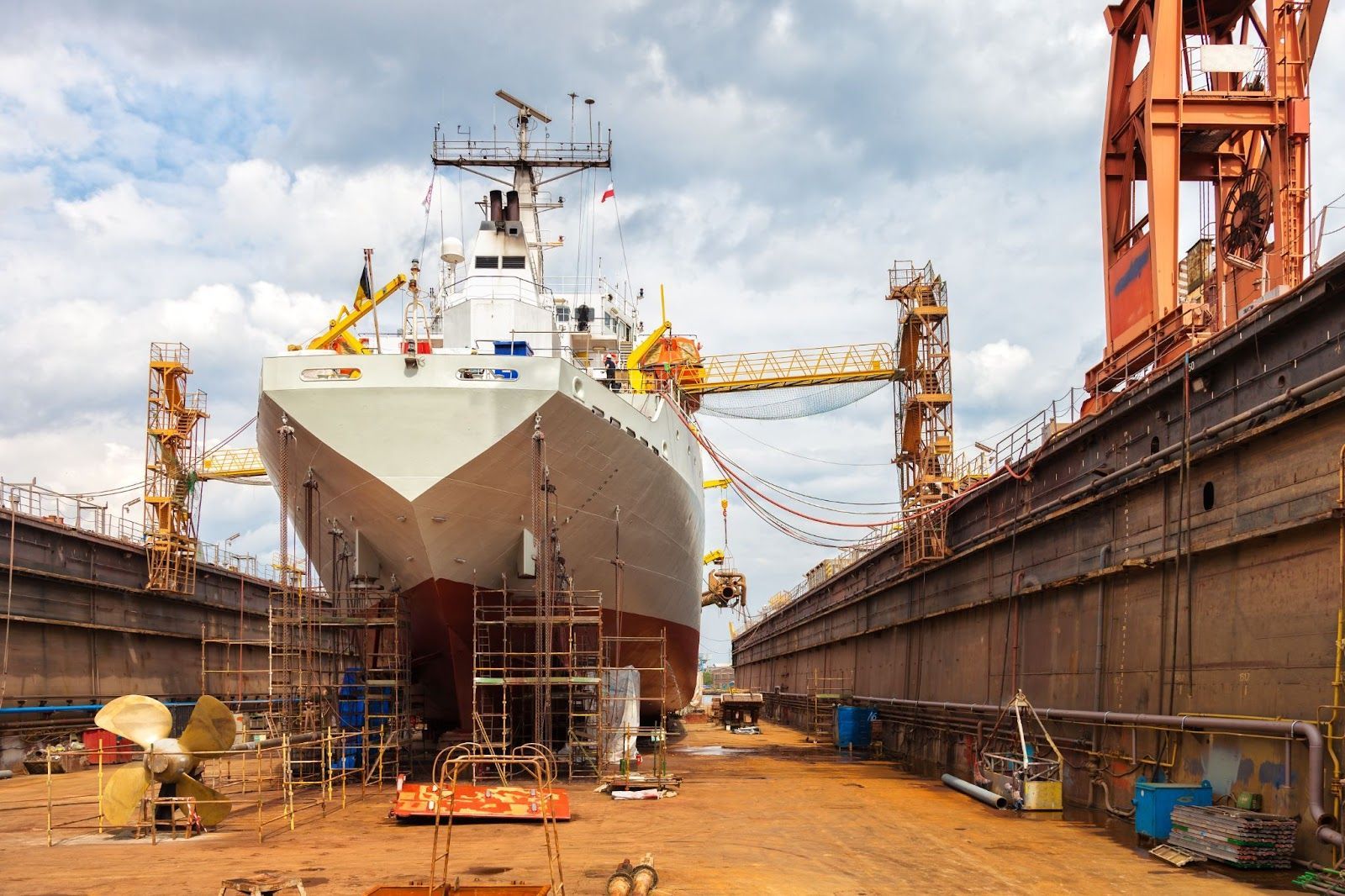
Shipbuilding is among the oldest industries. It began with the construction of maritime vessels and has continued ever since.
Due to ongoing inventions and developments, ships have improved in durability, strength, and speed. Additionally, they have grown considerably in size. There are many kinds of ships, from the traditional wooden ships that were originally built to the contemporary big steel ships.
Modern ships can navigate the oceans much more efficiently with passengers and goods on board. Besides that, the travel time has also been significantly shortened. This has resulted in the establishment of one of the world's major industries, the shipbuilding industry.
So, let's take a closer look at the various types of steel used to build modern ships these days.
What Are The Kinds Of Steel Utilised In Shipbuilding?
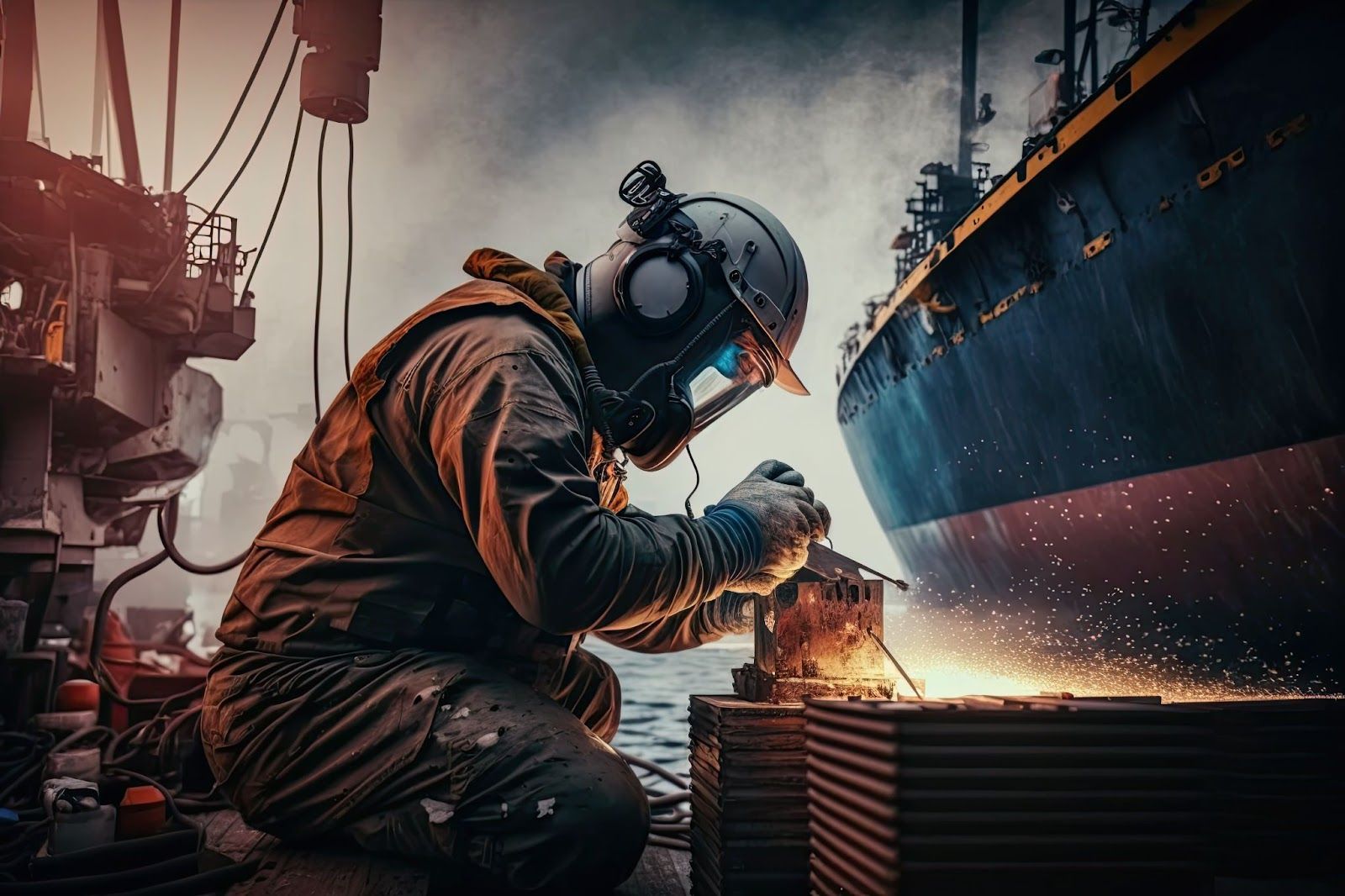
The need for more durable materials has grown as ships get bigger. This resulted in the creation of shipbuilding steel, a material that offers the best attributes of steel plates while being strong enough to survive the choppy and salty seas.
Like steel production for other industries, shipbuilding steel is produced to meet maritime safety requirements. Here are some of the steels that are being used in shipbuilding.
AH36
One of the key factors in the construction of ships is the thickness of each steel plate. Due to the fact that it is a natural occurrence that cannot be avoided, stormy seas are highly prevalent. As a result, the ship is constantly exposed to powerful currents and waves.
If a ship doesn't have the required thickness for safety reasons, there may be holes and cracks that might seriously harm it or, in the worst-case scenario, cause it to sink. This poses a threat to the ship's crew, passengers, and cargo as well.
With these considerations in mind, stronger steel is used to build ships. Compared to the typical steel varieties used in various other industries, this steel, designated as AH36, is highly regarded for its durability, high tensile strength, and high yield strength. The 220mm thickness of AH36 gives many seafaring vessels a very durable surface.
EH36
Manufacturers in the shipbuilding industry are not only worried about the risks associated with sea travel. Shipbuilding steel needs to be able to endure a range of temperatures. As such, EH36 was created to address this situation.
Known for its capacity to endure extremely high temperatures, this steel is used to construct ships. Due to their extensive sea travel, ships must be designed to withstand a wide range of temperatures. Using ordinary steel will result in greater wear and tear due to the intense temperature causing the steel to expand and shrink.
When EH36 steel is utilised in the construction of ships, the shifting temperatures are well managed. Moreover, these steel plates are simple to weld together due to this material's temperature resilience. Hence, the ship's hulls and primary structure are built more effectively.
DH36
The major portions of the ship are constructed with this type of steel because it has incredible quality and outstanding durability. Ship hulls and main structures are another application for this type of steel.
It is also utilised for refitting, a procedure that must be followed in order to improve various ship structural components. The DH36 steel type is frequently used to construct large container ships and opulent cruise ships.
The Different Grades Of Steel In Shipbuilding
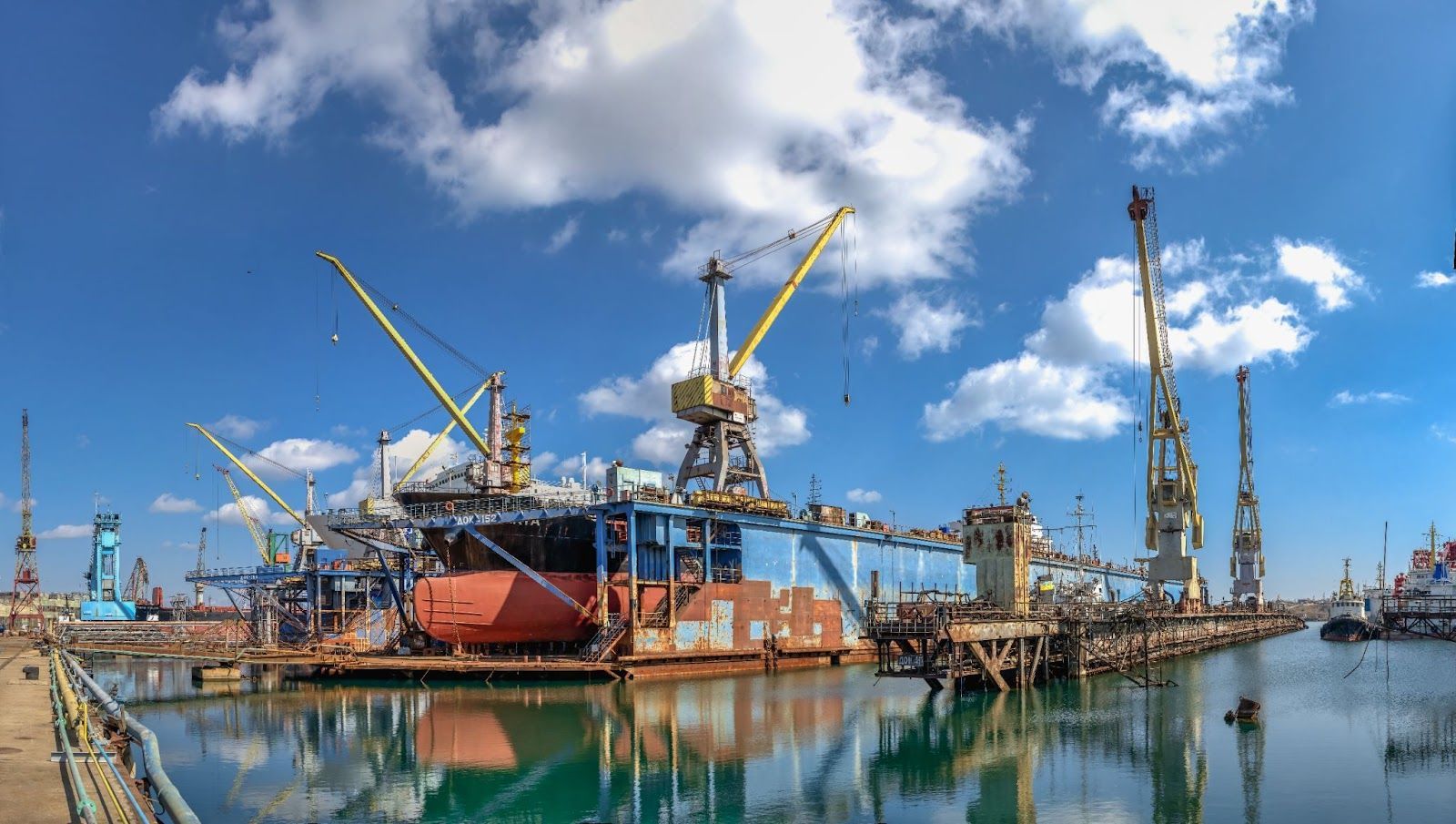
Steel continues to be the material of choice for shipbuilding despite many other materials being used. So, here are the five different grades of steel that have been categorised in the industry.
Grade A
Bulkheads and other ship constructions with less than 20 mm thickness are made of this mild steel.
Grade B
Structures measuring 20 to 25 mm incorporate this slightly stronger steel.
Grade D
For structures that are thicker than 25 mm, grade D steel is recommended since it has the strength to withstand cracking.
Grade E
This grade of steel is utilised for constructions of 50 mm or larger and is heat treated for maximum strength, making it the perfect material for high-stress areas of the ship, such as the keel.
Arctic D
Icebreakers frequently employ this unique grade, which is designed to remain firm even at very low temperatures.
The Advancement Of Shipbuilding Relies On Steel Fabrication And Various Technology
When you consider the various types of steel used in shipbuilding, as well as the various forms and sizes of steel required, powerful technology is essential to give the proper fabrication.
Looking for a quality steel fabrication company in Malaysia? Choose Choong Ngai Engineering!
So, if you're looking for a
steel fabricator in Malaysia, visit us at
Choong Ngai Engineering today to speak to our experts. We at Choong Ngai Engineering have years of experience and knowledge to answer your doubts or concerns, and we ensure to provide you with the quality solution you're looking for.
Call us now!
